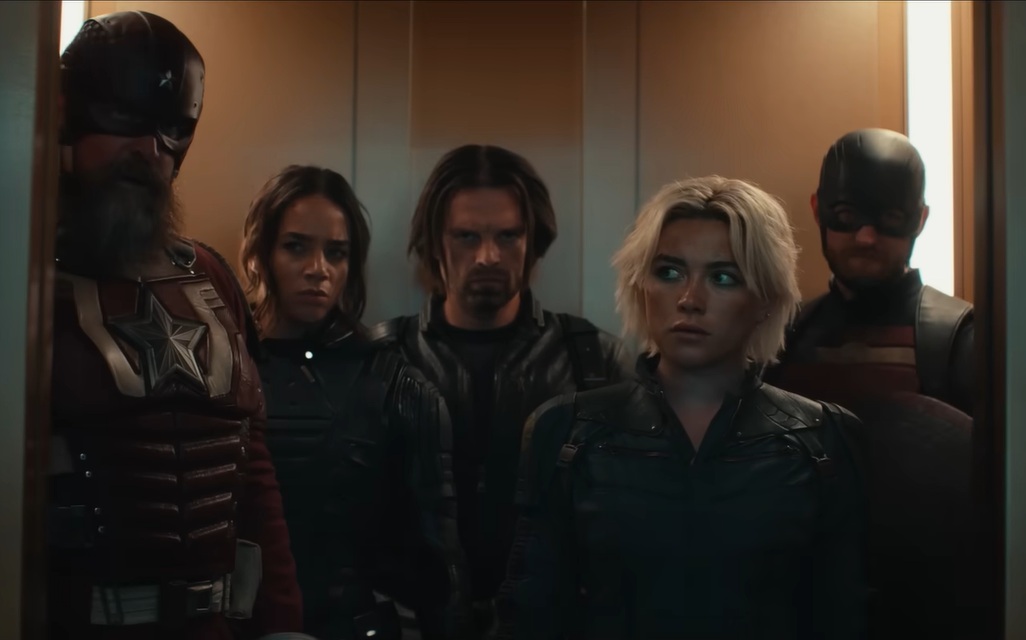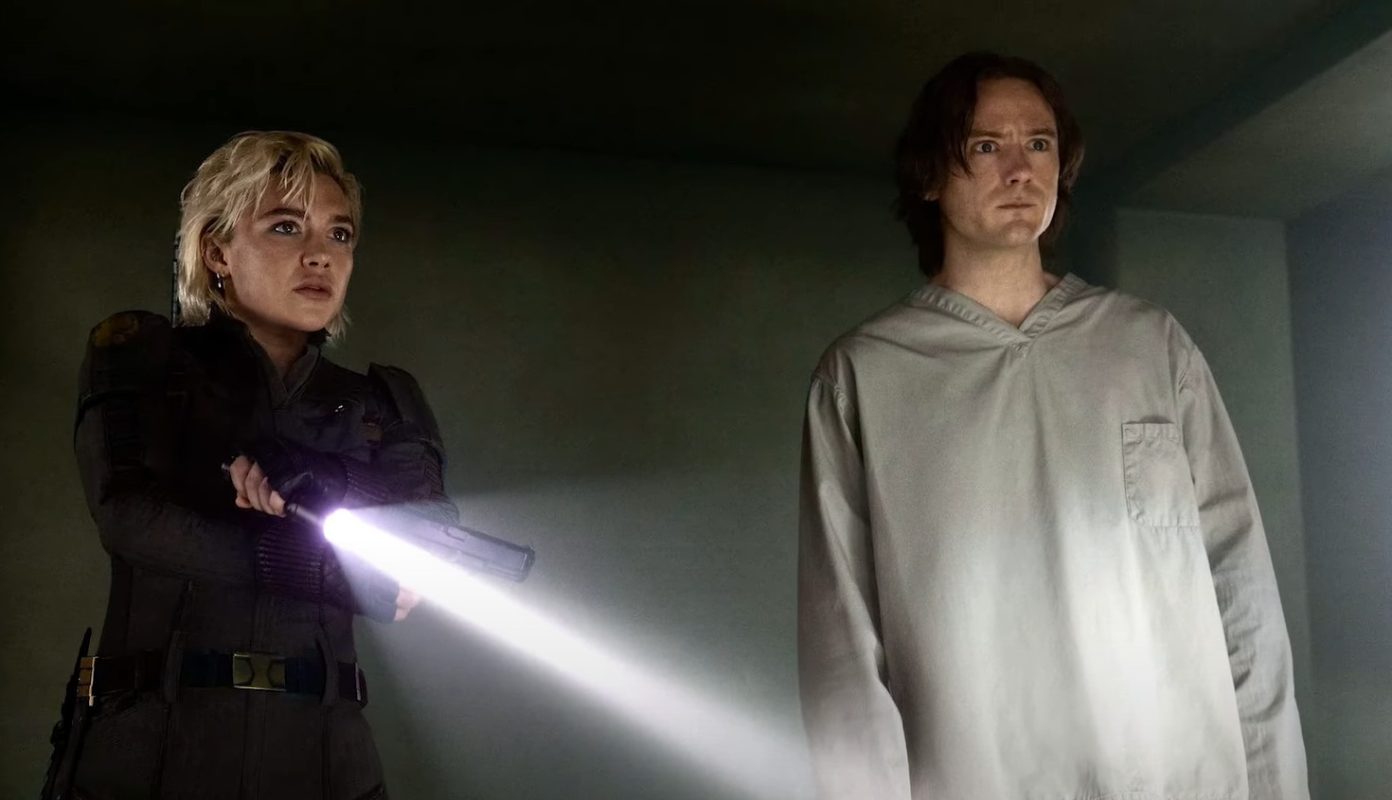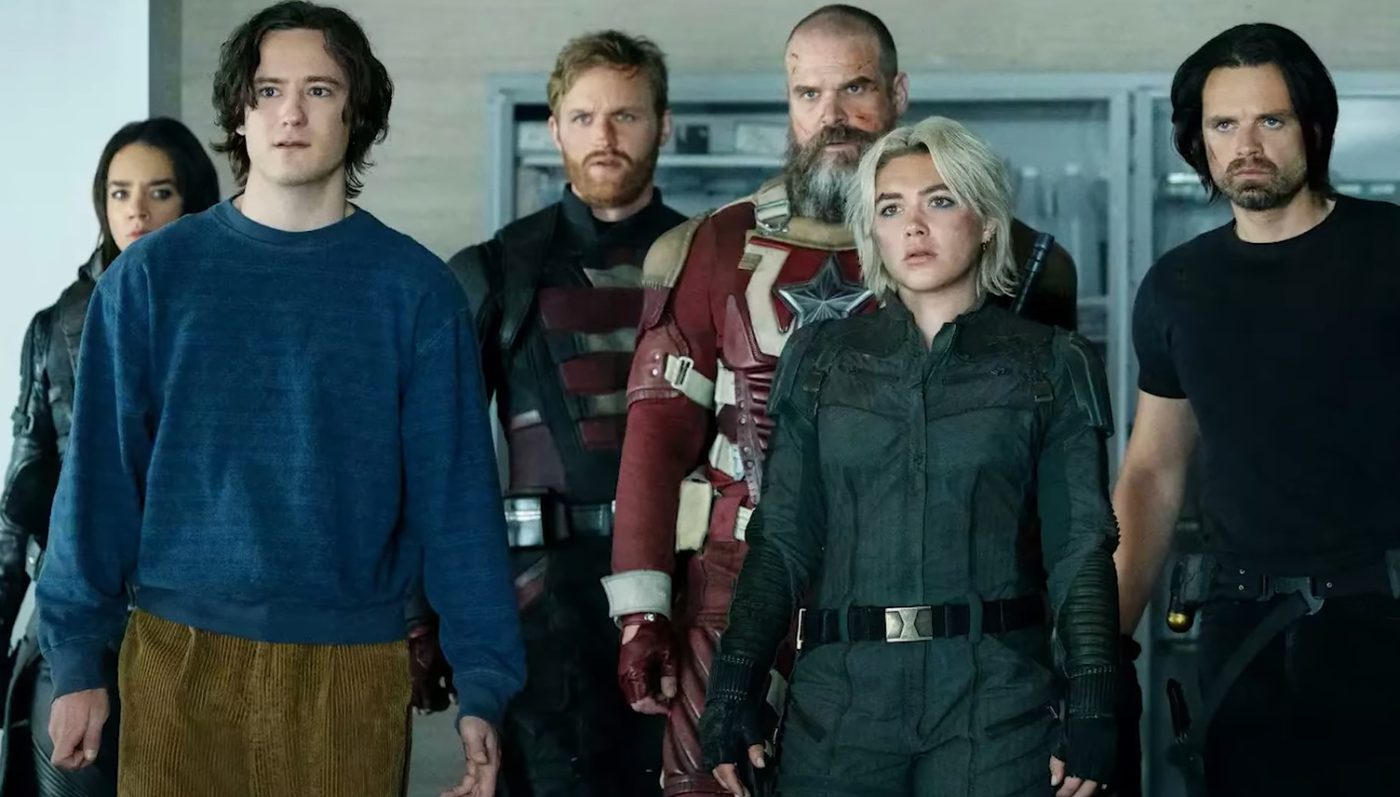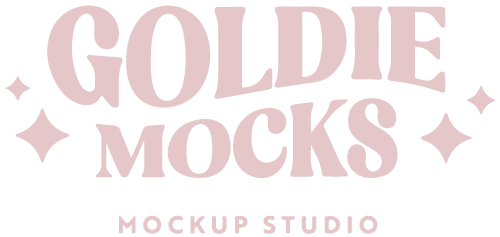In an age where superhero fatigue has become a genuine concern for movie studios and audiences alike, Marvel’s latest offering, “Thunderbolts*” (yes, that asterisk is intentional and plot-significant), emerges as a surprising breath of fresh air that could redefine the studio’s approach to character-driven storytelling. Released on May 2, 2025, this film marks a significant pivot for the Marvel Cinematic Universe (MCU) by focusing on a team of antiheroes rather than the traditional spandex-clad saviors we’ve grown accustomed to.

The Antiheroes We Needed, Not the Heroes We Expected
“Thunderbolts*” assembles a cast of characters who previously existed on the margins of the MCU – individuals who walked the line between hero and villain without fully committing to either side. Led by Florence Pugh’s Yelena Belova (Black Widow’s sister) and featuring Sebastian Stan’s Winter Soldier/Bucky Barnes, the film brings together a group of deeply flawed individuals who find themselves reluctantly working together under the watchful eye of Julia Louis-Dreyfus’s Valentina Allegra de Fontaine.
The film’s title includes that mysterious asterisk (which finds explanation within the story itself), and as critic David Ehrlich aptly noted, “Thunderbolts* — which more than earns its asterisk — is not The Avengers, because the Thunderbolts are not the Avengers.” This distinction proves crucial to the film’s identity and success, allowing it to carve out a unique place in the increasingly crowded superhero landscape.
What sets “Thunderbolts*” apart from recent MCU entries is its willingness to embrace the psychological complexity of its characters. Rather than glossing over trauma and mental health issues for the sake of quippy one-liners, the film treats these themes with genuine respect and nuance. Critics have specifically praised the movie for “overtly [addressing] depression, loneliness, and purpose” and “treating mental health and depression as a serious matter.” This mature approach signals an evolution for Marvel’s storytelling capabilities.

A Visual and Tonal Departure
Director Jake Schreier, an Emmy winner for his work on “Beef,” brings a distinct visual style to “Thunderbolts*” that marks a departure from Marvel’s increasingly homogenized aesthetic. When action sequences do break out, they’re “tight, focused, and—save for a city-shaking climax—largely grounded.” A desert highway chase, for instance, plays “like a dry, cool Terminator-style set piece,” suggesting Marvel allowed Schreier to “veer away from the usual house style.”
The film’s visuals serve its narrative themes rather than overwhelming them, allowing character moments to breathe and emotional payoffs to land with greater impact. This approach represents a return to the strengths that initially made Marvel films so compelling – balancing spectacle with genuine character development.
The Meaning Behind the Asterisk and Its Cinematic Implications
Without venturing too deeply into spoiler territory, the film’s mysterious asterisk proves to be more than a marketing gimmick. It serves as both a plot device and a meta-commentary on the state of the MCU itself. As Variety critic Peter Debruge notes, “For Marvel fans, ‘Thunderbolts*’ may well be remembered as the film that got the hobbling MCU franchise back on track,” though he cautions this might be “mostly just wishful thinking from those who’ve been faithfully keeping up with every sequel, spinoff and TV series.”
The revelation of what the asterisk means (which occurs during the film) represents a clever subversion of audience expectations while simultaneously acknowledging the franchise’s need to evolve. This self-awareness, coupled with genuine storytelling innovation, suggests Marvel may have found a new path forward after years of diminishing returns.
Standout Performances That Elevate the Material
The ensemble cast delivers uniformly strong performances, but several standouts deserve special recognition. Florence Pugh continues to prove herself as one of the most compelling additions to the MCU in recent years, with critics calling her “magnetic” and praising her ability to carry the dramatic weight of the film. Lewis Pullman as the mysterious Bob and Sebastian Stan returning as Bucky Barnes also receive particular praise for bringing emotional depth to their roles.
Julia Louis-Dreyfus finally gets substantial screen time as the manipulative Valentina, showcasing her ability to blend menace with sharp comic timing. David Harbour returns as Red Guardian, providing both comic relief and surprising emotional moments that connect to the film’s broader themes.

The Post-Credits Scenes: Building a Cohesive Universe Again
Marvel’s post-credits scenes once served as exciting connective tissue between films, creating anticipation for future installments. In recent years, however, many of these stingers have led nowhere or set up stories that were later abandoned. “Thunderbolts*” appears to buck this trend, with early reactions suggesting its post-credits scenes effectively “set up the Thunderbolts’ roles in the next Avengers movie” while providing meaningful connections to upcoming projects.
The film features both a mid-credits scene and a post-credits scene. The mid-credits sequence offers a humorous coda focused on Red Guardian’s desire for recognition, while the post-credits scene delivers a significant tease for the upcoming “Fantastic Four: First Steps,” revealing a spacecraft entering Earth’s atmosphere with the Fantastic Four logo visible. This connection suggests Marvel is once again prioritizing a cohesive narrative that builds toward future events.
What This Means for Superhero Cinema’s Future
“Thunderbolts*” arrives at a crucial juncture for superhero films. With audience fatigue becoming increasingly evident and box office returns diminishing for all but the most anticipated entries, the genre needs reinvention to remain viable. By focusing on character complexity, embracing darker themes without sacrificing entertainment value, and returning to more grounded action, “Thunderbolts*” points toward a potentially sustainable path forward.
As Roger Ebert’s website put it, the film succeeds by “reminding you of the humanity in the heroism,” suggesting that “these second-rate Avengers really are the heroes that 2025 needs.” This observation cuts to the heart of what makes “Thunderbolts*” work – it finds the universal in the specific, using damaged characters to tell a story about finding purpose and connection in a world that often seems indifferent to individual struggles.
Conclusion: A New Direction for Marvel’s Cinematic Future
“Thunderbolts*” isn’t a perfect film, but its strengths suggest Marvel may have recognized the need for creative course correction. By embracing complex characters, allowing directorial voices to shine through, and reconnecting its narrative threads into a cohesive whole, the studio appears to be reclaiming the strengths that made it a cultural juggernaut in the first place.
For movie fans who have grown weary of superhero saturation, “Thunderbolts*” offers something refreshingly different while maintaining enough familiar elements to satisfy longtime Marvel enthusiasts. It proves that even within the constraints of an established franchise, there’s room for innovation and emotional resonance.
As the summer blockbuster season begins, “Thunderbolts*” sets a high bar for character-driven action cinema. Whether it represents a true turning point for Marvel or merely a temporary return to form remains to be seen, but its willingness to take creative risks while honoring what made these stories compelling in the first place offers reason for optimism about the future of superhero storytelling on screen.
From: Goldiemocksstudio
